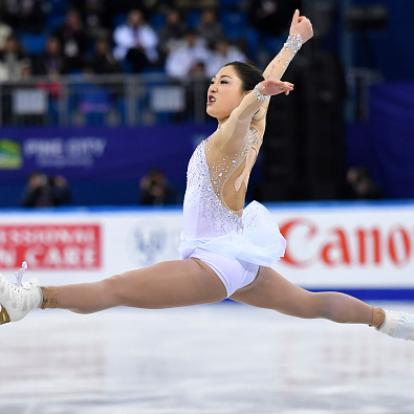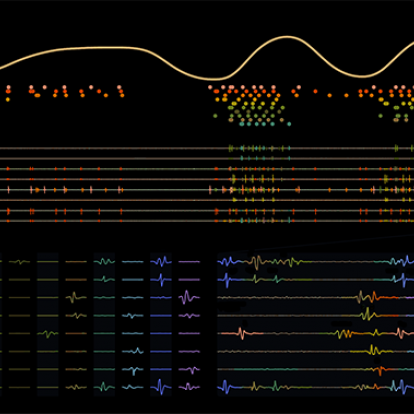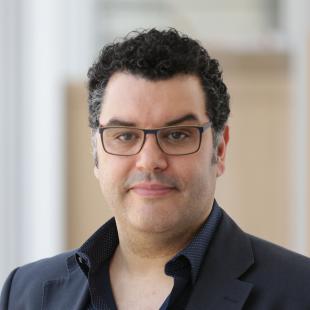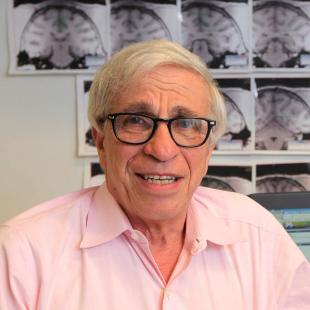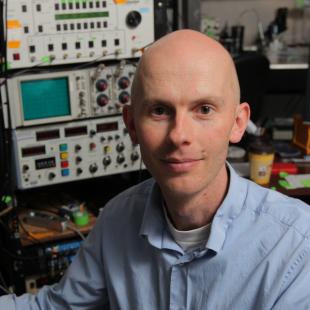Movement
Life moves to survive.
Consider the fish that escapes a predator by swishing its tail, or the bird who communicates with its young by vibrating her vocal cords. Movement is how living creatures interact with their environments and each other.
At Columbia’s Zuckerman Institute, we explore how the nervous system gives us the power to move every one of our parts. How do some nerves help our eyes to smoothly swivel and track an object zipping through the air? How do other nerves guide our hands to deftly reach out and grab that object? And how do our brains plan our actions before we even begin them?
Our researchers create molecular tools that illuminate nerve cells in the spinal cord that are critical for movement, and mathematical tools that detect brain-activity patterns important for coordinating muscles. What we are discovering could help athletes and dancers – and all of us – to better understand how our brains control our bodies. This fundamental research could one day inform efforts to treat impairments of movement caused by physical injuries or diseases such as Parkinson’s.
Explore Movement
Movement Research at the Zuckerman Institute
-
Brain Initiative Team-Research Circuit Program (U19): Motor Control
Uncovering Computational and Circuit Mechanisms Underlying Motor Control
Movement In the News

Figure skaters have to train themselves to ignore their natural reflexes
February 15, 2018

Why One Neuroscientist Started Blasting His Core
August 24, 2016
Discover the power of your support.
Seed the discoveries that make a difference.
